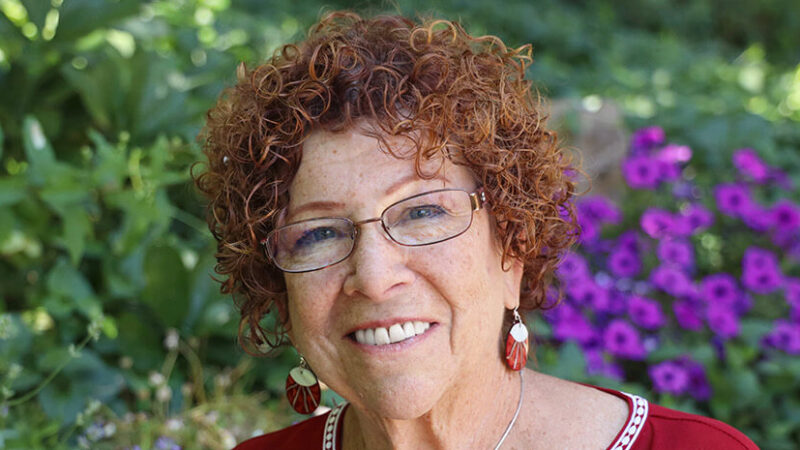Shamini Jain: Healing Ourselves at This Time — T...
What is the future of health and healing? In this podcast, Tami Simon speaks with Dr. Shamini Jain about her vision of the medicine of tomorrow, where not only the physical aspects of who we are but also our emotions, energy, and spirit are all vital considerations in the prevention and treatment of illness.
Tune in to this illuminating conversation with the author of the book, Healing Ourselves: Biofield Science and the Future of Health, for a glimpse ahead to an emerging, universal flourishing of humanity. Tami and Dr. Jain explore: the body as a garden, the field of psychoneuroimmunology and the link between mind and body, subtle energy and the biofield, the “benevolent challenge” facing humanity at this time, using vibration and sound to work with difficult emotions, energy healing and preventative care practices, a guided biofield vocal toning exercise, the movement toward “whole-person health” in an interconnected world, the neuroscience of social pain and empathy, extending healing to others, surrender and trust, giving ourselves permission to be everything that we want, and more.
Note: This episode originally aired on Sounds True One, where these special episodes of Insights at the Edge are available to watch live on video and with exclusive access to Q&As with our guests. Learn more at join.soundstrue.com.






